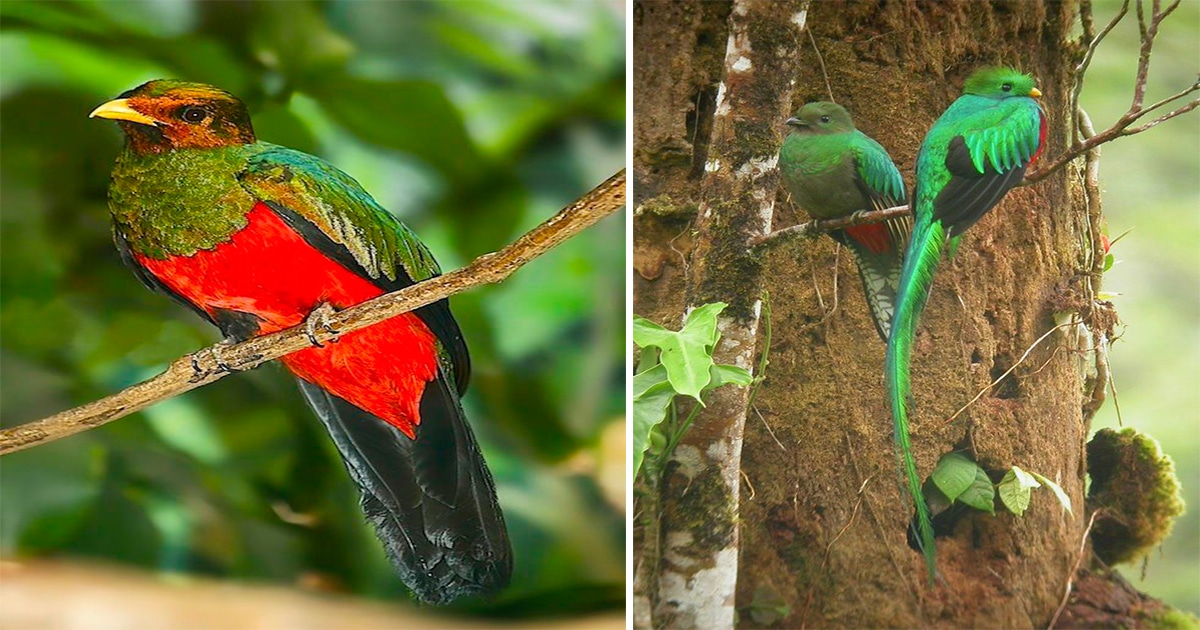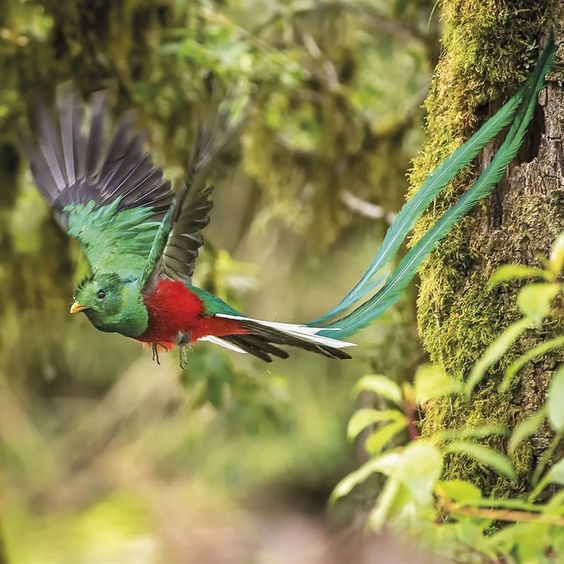
In the lush forests of Central and South America, there resides a bird that captures the imagination with its resplendent appearance. The Golden Headed Quetzal (Pharomachrus auriceps) stands as a symbol of natural grandeur, adorned in a suit of shimmering emerald, wearing a golden crown atop its head, and boasting a bright red belly below.
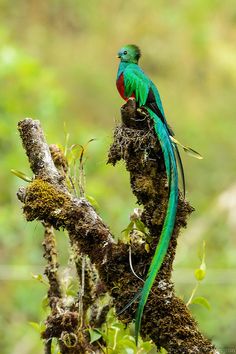
Measuring between 13 to 14.2 inches (33 to 36 cm) in length, including their striking tail feathers, and with a wingspan ranging from 12 to 14.2 inches (30 to 36 cm), these birds weigh approximately 5.4 to 6.4 ounces (154 to 182 grams). Adult males are a sight to behold, with their iridescent green plumage exuding a golden sheen on their regal heads. Their vibrant red bellies and yellow bills add to their majestic allure.
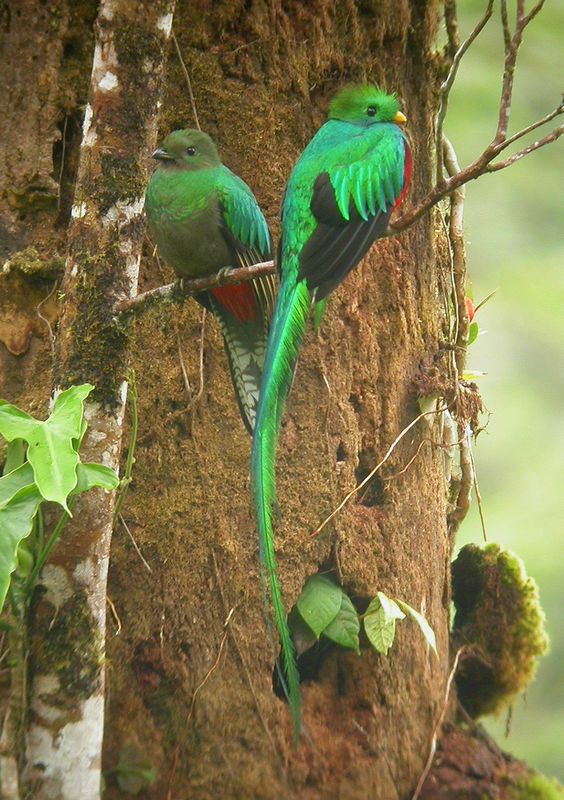
In contrast, the females of the species possess their own unique beauty. Distinguished by a dusky head, dusky bill, and grey flecks on their breast, they display a subtle elegance that complements the magnificence of their male counterparts. Both males and females exhibit a black underside on their tails, creating a striking contrast to their vibrant upper plumage.
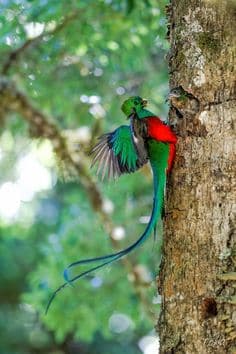
The Golden Headed Quetzal is found in the moist mid-elevation forests stretching from eastern Panama to northern Bolivia. These enchanting birds prefer the humid highland forests, where they find the perfect habitat to thrive and showcase their splendor.
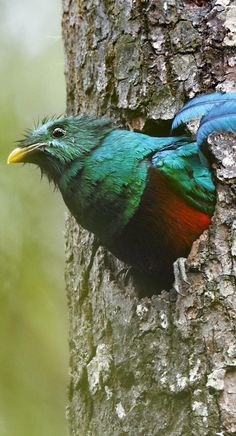
As omnivorous creatures, the diet of the Golden Headed Quetzal includes a variety of fruits, ants, and frogs. However, they have a particular fondness for avocados and the fruit from the laurel tree, making these delicacies a significant part of their daily meals.
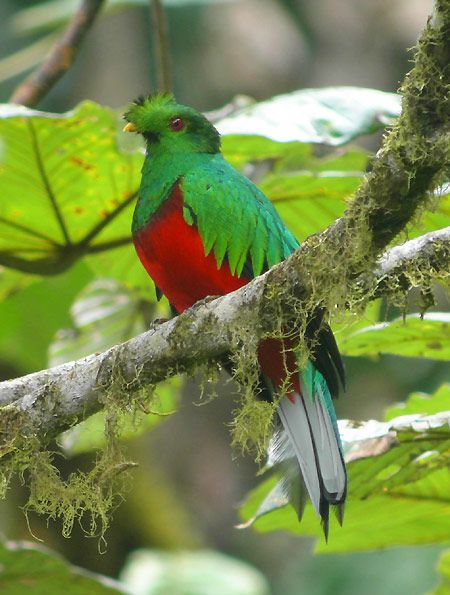
During the breeding season, the Golden Headed Quetzal exhibits remarkable parental care. The females lay one to two eggs, which are diligently incubated for a period of 18 days. Both the male and female take turns sitting on the nest, sharing the responsibility of nurturing their offspring. After approximately 20 days, the young chicks leave the nest, venturing into the world under the watchful eyes of their devoted parents.
Despite their extraordinary beauty and significance, the Golden Headed Quetzal is not considered a vulnerable species according to the IUCN. With a large range and stable population, these birds continue to enchant observers and serve as a testament to the wonders of biodiversity.

For nature enthusiasts and birdwatchers, witnessing the Golden Headed Quetzal in its natural habitat is a truly awe-inspiring experience. Its vibrant colors, graceful movements, and majestic presence make it a sought-after sight for wildlife enthusiasts. Fortunately, you can catch a glimpse of these magnificent birds in the captivating video below.
The Golden Headed Quetzal stands as a living testament to the awe-inspiring beauty and diversity of our natural world. Its resplendent appearance and unique behaviors remind us of the importance of preserving and protecting the habitats that these remarkable creatures call home. Let us treasure and appreciate the Golden Headed Quetzal, a true marvel of the avian kingdom.
